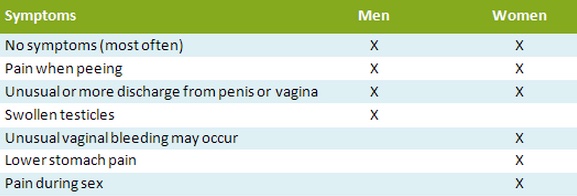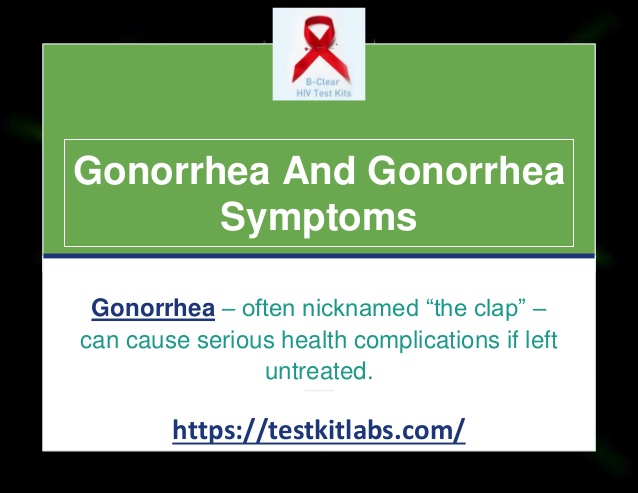

Never use an oil-based lubricant, such as petroleum jelly, with a latex condom or dental dam.Ĭondoms made from natural membranes are not recommended because they're not effective at preventing STIs.

Use a new latex condom or dental dam for each sex act, whether oral, vaginal or anal. Use condoms and dental dams consistently and correctly. Both vaccines are recommended for people who aren't already immune to these diseases and for those who are at increased risk of infection, such as men who have sex with men and IV drug users. The hepatitis B vaccine is usually given to newborns, and the hepatitis A vaccine is recommended for 1-year-olds. If not fully vaccinated at ages 11 and 12, the CDC recommends getting the vaccine through age 26. The Centers for Disease Control and Prevention (CDC) recommends the HPV vaccine for girls and boys ages 11 and 12, although it can be given as early as age 9.
:max_bytes(150000):strip_icc()/gonorrhea_symptoms-5ae0aa1fa9d4f9003707f58a.png)
Vaccines are available to prevent human papillomavirus (HPV), hepatitis A and hepatitis B. Getting vaccinated early, before sexual exposure, is also effective in preventing certain types of STIs. Oral sex is less risky, but use a latex condom or dental dam to prevent skin-to-skin contact between the oral and genital mucous membranes. Avoid vaginal and anal intercourse with new partners until you have both been tested for STIs. Another reliable way of avoiding STIs is to stay in a long-term relationship in which both people have sex only with each other and neither partner is infected. The most effective way to avoid STIs is to not have (abstain from) sex. There are several ways to avoid or reduce your risk of STDs or STIs. Certain cancers, such as HPV-associated cervical and rectal cancers.Complicationsīecause many people in the early stages of an STD or STI experience no symptoms, screening for STIs is important to prevent complications. All pregnant women should be screened for these infections and treated. STIs in infants can cause serious problems or even death. Half the new STIs occur in people between the ages of 15 and 24.Ĭertain STIs - such as gonorrhea, chlamydia, HIV and syphilis - can be passed from mothers to their infants during pregnancy or delivery. Needle sharing spreads many serious infections, including HIV, hepatitis B and hepatitis C. Substance misuse can inhibit your judgment, making you more willing to participate in risky behaviors. Misuse of alcohol or use of recreational drugs.Dealing with rape or assault is difficult, but it's important to see a doctor as soon as possible to receive screening, treatment and emotional support. Being forced to engage in sexual activity.Having one STI makes it much easier for another STI to take hold. The more people you have sexual contact with, the greater your risk. Having sexual contact with multiple partners.Oral sex may be less risky, but infections can still be transmitted without a latex condom or a dental dam - a thin, square piece of rubber made with latex or silicone. Improper or inconsistent use of condoms can also increase risk. Vaginal or anal penetration by an infected partner who isn't wearing a latex condom significantly increases the risk of getting an STI. Factors that may increase that risk include: Risk factorsĪnyone who is sexually active risks some degree of exposure to an STD or STI. Other kinds of infections - hepatitis A, B and C viruses, shigella infection and giardia infection - can be spread through sexual activity, but it's possible to be infected without sexual contact. STIs caused by viruses include HPV, genital herpes and HIV. Trichomoniasis is an STI caused by a parasite. Gonorrhea, syphilis and chlamydia are examples of STIs that are caused by bacteria. Before you start having sex with a new partner.When you're considering becoming sexually active or when you're 21 - whichever comes first.You are sexually active and may have been exposed to an STI.However, it may take years before you have any noticeable problems, depending on the organism causing the STI. Signs and symptoms may appear a few days after exposure. Sore, swollen lymph nodes, particularly in the groin but sometimes more widespread.Sores or bumps on the genitals or in the oral or rectal area.Signs and symptoms that might indicate an STI include: That's why they may go unnoticed until complications occur or a partner is diagnosed. STDs or STIs can have a range of signs and symptoms, including no symptoms.


 0 kommentar(er)
0 kommentar(er)
